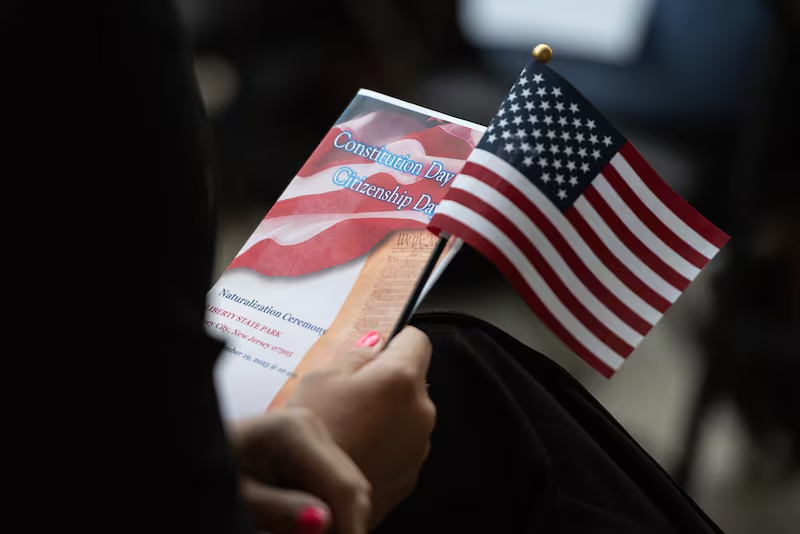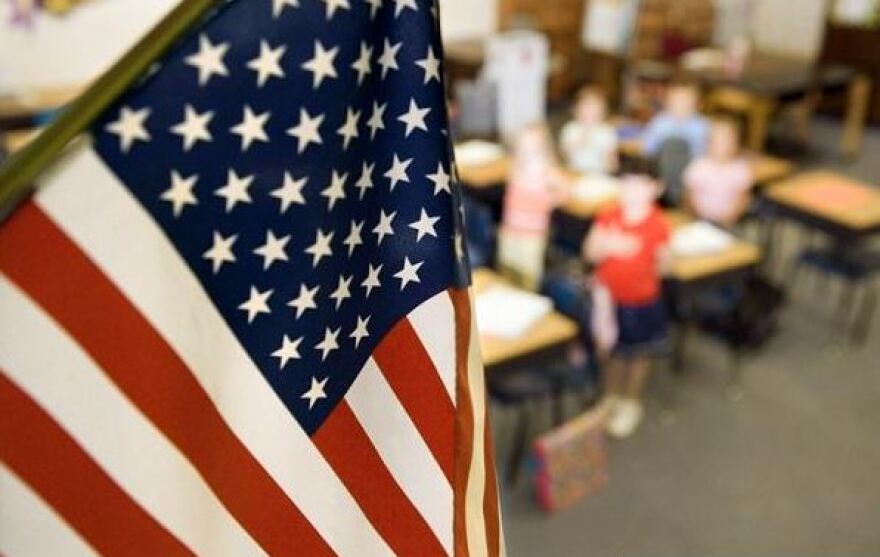Bridging America’s Civic Knowledge Gap
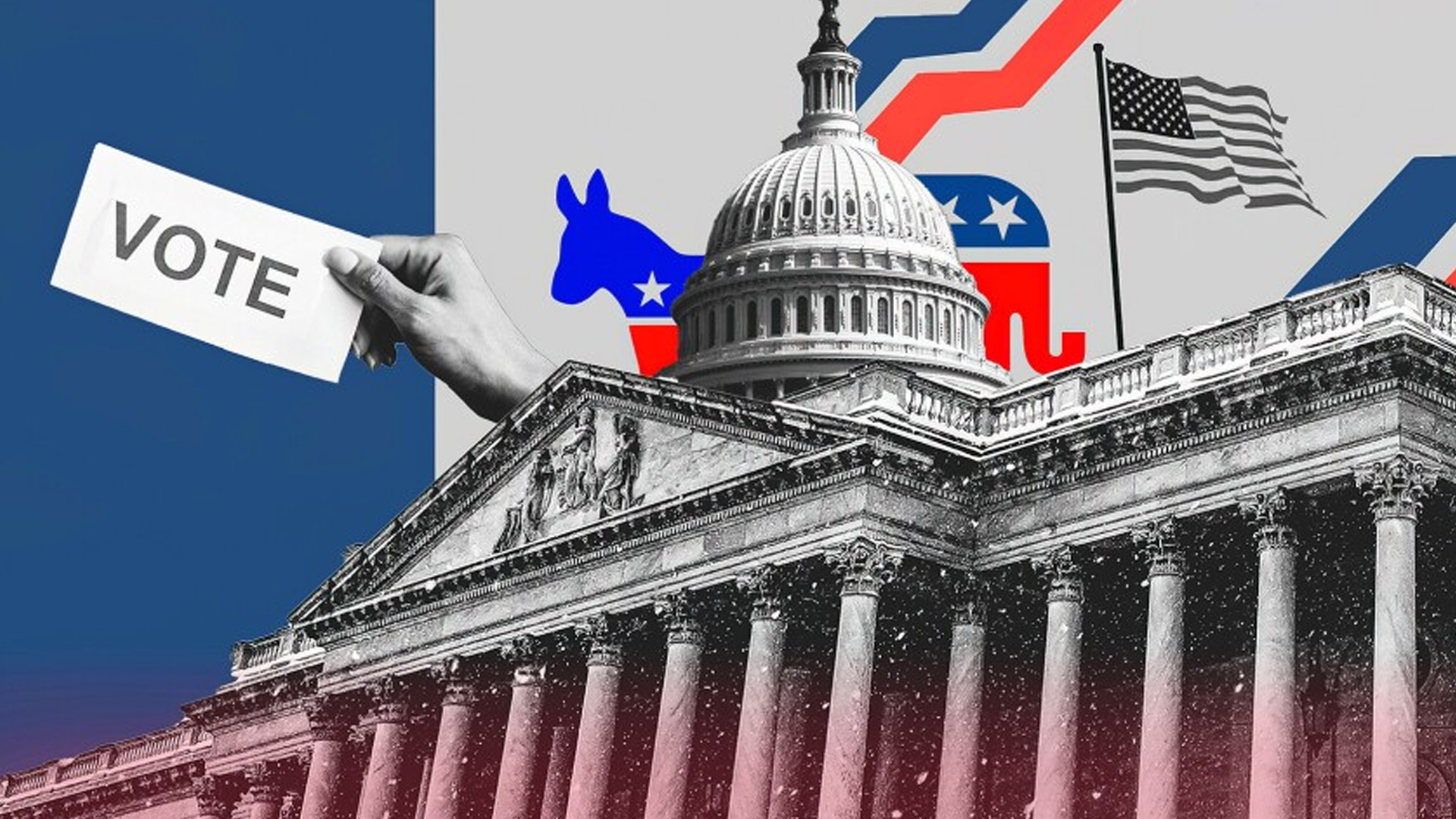
The Dive
If you’ve ever been confused about how a law is passed, who makes the rules, or what the Supreme Court really does, you’re not alone. Across the United States, adults and students alike often struggle with the basics of civics. For example, while more than two-thirds of Americans can now name the three branches of government, a significant number still cannot. This gap in civic knowledge is one of the most pressing challenges facing our democracy.
After World War II, civic engagement surged. Communities built organizations, schools emphasized civic duty, and people believed their voices mattered. Over time, however, civic education lost its central place in classrooms, overshadowed by a focus on math, science, and standardized testing. As a result, fewer students were taught not only the mechanics of government but also why participating in democracy truly matters.
Civic knowledge is not just about memorizing facts, it’s about understanding how rights and responsibilities connect to daily life. When people can name and explain their First Amendment freedoms, they’re more likely to use them: speaking out, gathering peacefully, or petitioning for change. Knowing your rights is the first step to exercising them.
Trust in government, especially the Supreme Court, has declined sharply in recent years. This erosion of confidence makes civic literacy even more important. If people don’t know how government is supposed to work, they are more likely to give up on it altogether, or to accept misinformation without question. Strong civic knowledge helps communities hold leaders accountable and recognize when systems are not serving them fairly.
The idea of civic deserts (places where people lack opportunities to discuss issues or solve problems together) also highlights why schools and communities must step up. Horace Mann, the 'father of American education,' argued that free public education was essential for self-governance. Today, that idea is just as relevant. Schools can equip students not just with facts, but with the confidence to vote, volunteer, and make their voices heard.
Practical steps to strengthen civic engagement can start small: discussing current events at home, writing letters to representatives, joining community groups, or even participating in a school debate. Each act builds the habit of democratic participation. By combining civic knowledge with civic action, Americans can close the knowledge gap and re-energize our democracy.
Why It Matters
Democracy depends on informed citizens. Without basic civic knowledge, people cannot fully exercise their rights, hold leaders accountable, or participate meaningfully in their communities. Closing the civic knowledge gap is about more than facts, it’s about ensuring democracy survives for future generations.
?
Why do you think fewer schools emphasize civics today compared to after World War II?
How might understanding your First Amendment rights change the way you participate in your community?
What does it mean to live in a 'civic desert,' and how might schools help fill that gap?
Why is public trust in the Supreme Court important for democracy?
What are some small civic actions you could take this year to be more engaged?
Dig Deeper
Ben Sheehan explores America’s civic knowledge gap and why so many adults and students struggle to understand how our government works. Through conversations with civics education experts and a look at post-WWII civic engagement, he highlights why government literacy matters—and shares practical steps anyone can take to become a more informed and engaged citizen.
In this episode of "Civics Made Easy," Ben Sheehan unpacks America's complex relationship with political parties, from George Washington's wariness to today's two-party dominance. Through a conversation with Independent Senator Angus King and an exploration of various state’s voting systems, Ben explains how our current system evolved, why third parties struggle to compete, and what reforms could change the political landscape.
This course will provide you with an overview of how the government of the United States is supposed to function, and we'll get into how it actually does function. The two aren't always the same thing. We'll be learning about the branches of government, politics, elections, political parties, pizza parties, and much, much more!
Related
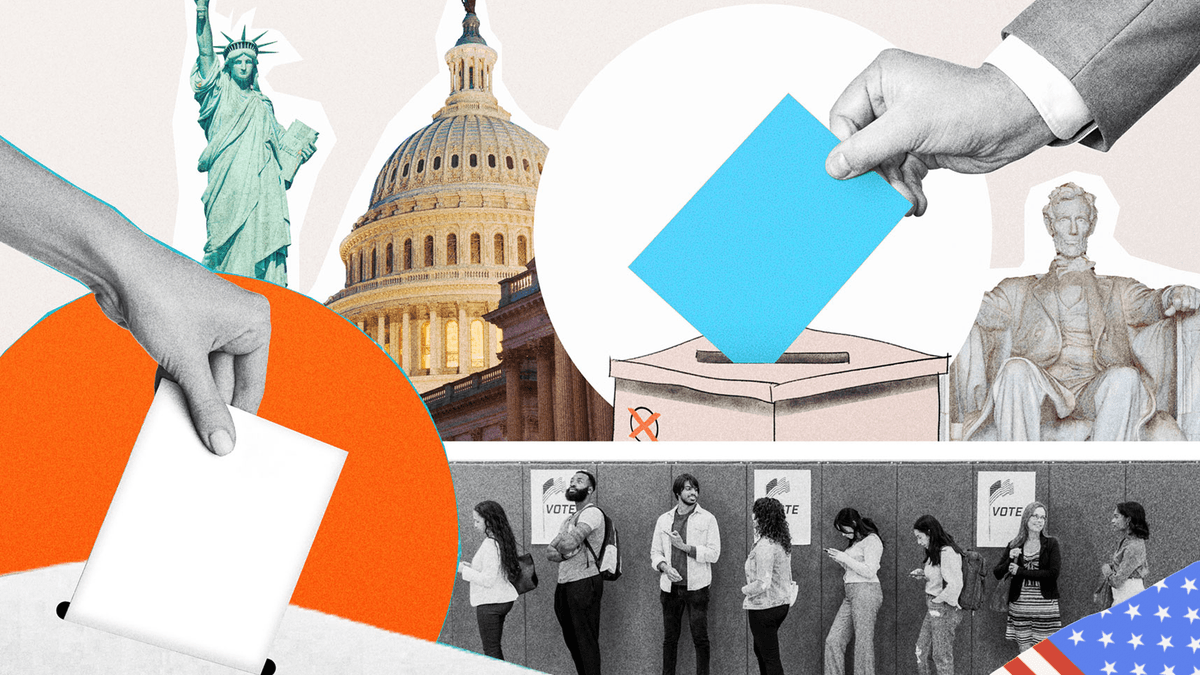
Democracy: Government by the People
Democracy is more than voting every few years. It is a way of sharing power, protecting rights, and making sure ordinary people have a real voice in how they are governed.

The First Amendment: America’s Blueprint for Freedom
The First Amendment protects freedoms of speech, religion, press, assembly, and petition. It’s the foundation of American democracy—but also a source of constant debate and interpretation.
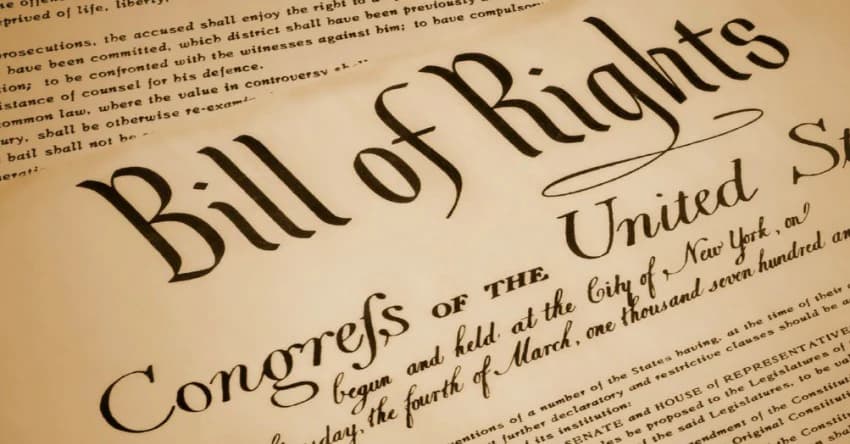
The Bill of Rights: What Is It—and What Does It Actually Do?
The Bill of Rights wasn’t added to the Constitution because everything was going great, it was added because the people didn’t trust the government. And they had every reason not to.
Further Reading
Stay curious!
